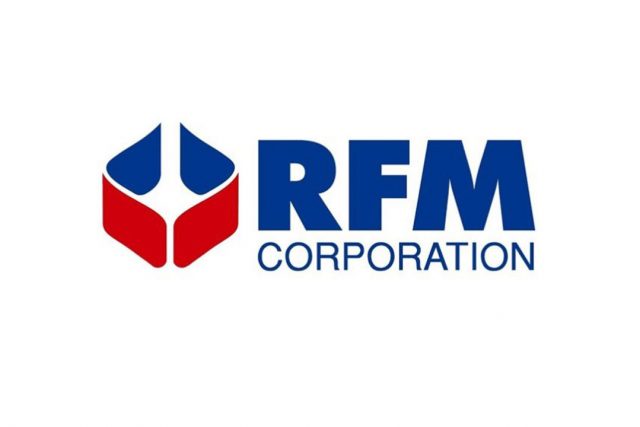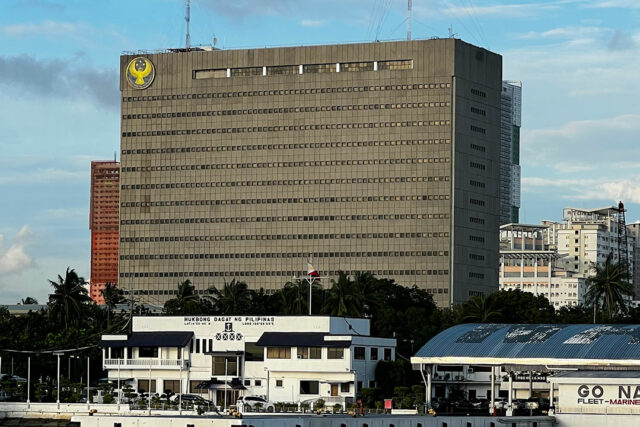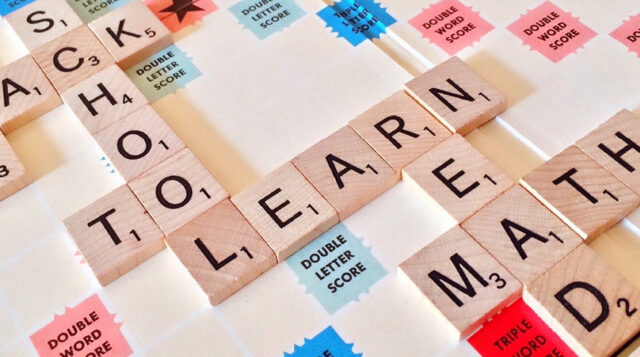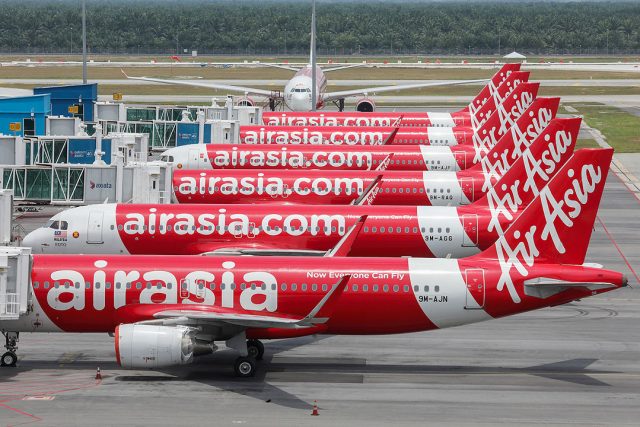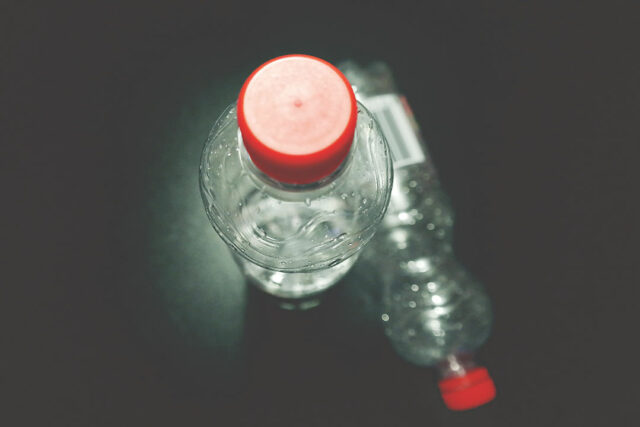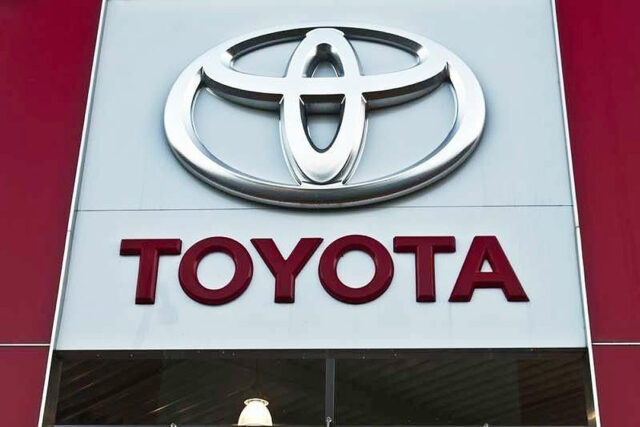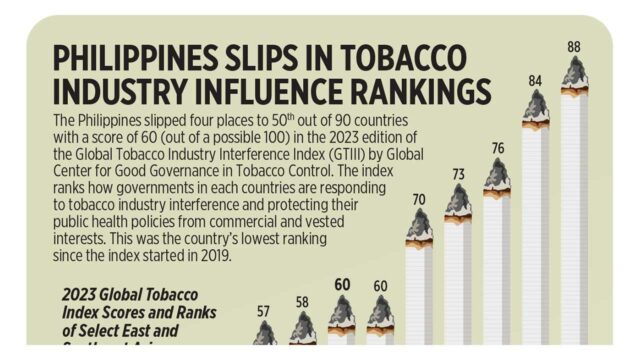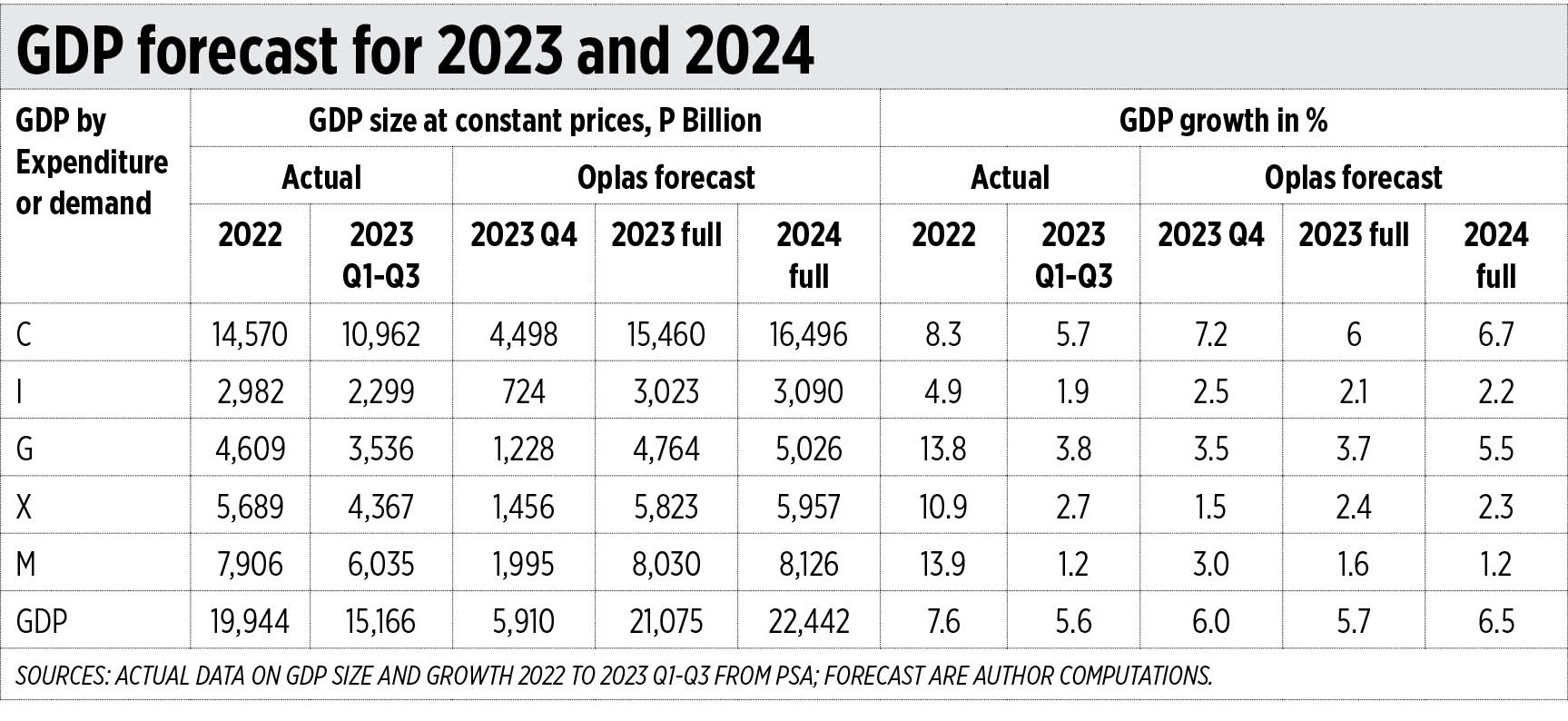THE UNRULY PIG has reclaimed its top spot as Britain’s best gastropub. The drinking establishment, which has a classic pub vibe and a forward-looking menu in a 1500’s-era Suffolk inn about 100 miles northeast of London, won the accolade in the 2024 Estrella Damm Top 50 Gastropub awards, unveiled Monday.
The No. 1 position is not unfamiliar to the Unruly Pig: It was the top-ranked place on the list in 2022; last year it fell only to second place.
Chef-owner Dave Wall and executive chef Karl Green serve inspired dishes such as hare Wellington and parsley soup with smoked eel and lardo alongside a short list of beers and a longish list of wines. The eight-year-old gastropub, which last year fell to second place behind Parkers Arms (No. 7 this year), also ranked in the top 100 best dining spots in the UK for the 2023 Estrella National Restaurant Awards.
The Cornish Arms in Devon took the No. 2 spot this year; chef John Hooker specializes in tweaked classics such as ham hock Scotch eggs with beer-infused onions. Third place went to noted UK chef Paul Ainsworth’s Mariners in Rock.
In London eight gastropubs nabbed honors, starting with the highest-ranking Red Lion & the Sun in Highgate (No. 6). Also representing London is the new entry the Parakeet at No. 36; the place is known for chef Ben Allen’s live-fire cooking, including a recently released option for Sunday roast.
But the bleak outlook for pubs took its toll on some high-profile spots. High inflation forced the closure of at least one spot in 2023’s top 20: The Cadeleigh Arms, in Tiverton, Devon, was No. 17 last year. Soon after winning its award, it shut its doors because of its skyrocketing energy costs — an almost 500% increase, from £600 to £3,500 for one its final bills, reported The Morning Advertiser, the industry publication that launched the awards 16 years ago.
Other awards included special recognition to the Yorkshire-based chef Andrew Pern, whose pub, the Star in Harome, burned down in 2021 as the result of a suspected arson attack. Last year Pern relaunched the business, and it’s No. 8 this year.
The One to Watch award was won by the Bulls Head in Derbyshire; chef Mark Aisthrope took over the place in 2016. Chef of the Year went to Daniel Smith of the Fordwich Arms (No. 4) and the Bridge Arms (No. 15), both in Kent; the Bridge Arms was also the highest new entry on the list.
“We are seeing some new pubs from cities like Birmingham and Manchester rather than smaller villages,” says Ed Bedington, editor of The Morning Advertiser, which is owned by William Reed, Ltd., the company that also presents the myriad World’s 50 Best lists.
The awards are voted on by a group of food critics and journalists, chefs, and restaurateurs across the UK. The awards don’t have a specific definition for the term “gastropub,” but it essentially fuses the concept of a classic, drinks-forward British pub with an inspired menu. The model has been embraced by chefs as a less expensive alternative to opening up their own fine-dining spots.
Ironically, the place that kicked off the gastropub trend, the Eagle, which opened in London in 1991, fell off this year’s top 50 list; it ranked No. 48 last year. On the full list below, last year’s rankings are listed in parentheses; restaurants that newly made the top 50 this year are marked with a double asterisk.
The Top 50 Gastropubs in the UK
1. The Unruly Pig, Woodbridge, Suffolk (2)
2. The Cornish Arms, Tavistock, Devon (12)
3. The Mariners, Rock, Cornwall (11)
4. The Fordwich Arms, Canterbury, Kent (9)
5. The Sportsman, Seasalter, Kent (4)
6. The Red Lion & Sun, London (10)
7. Parkers Arms, Newton-in-Bowland, Lancashire (1)
8. The Star Inn, Harome, Yorkshire**
9. Freemasons at Wiswell, Wiswell, Lancashire (3)
10. The Hand & Flowers, Marlow, Buckinghamshire (8)
11. Heft, High Newton (43; Highest Climber)
12. The Harwood Arms, London (13)
13. The Angel at Hetton, Hetton, Yorkshire (6)
14. The Rat Inn, Anick, Hexham, Northumberland (26)
15. The Bridge Arms, Canterbury** (Highest New Entry)
16. The Dog at Wingham, Canterbury, Kent (29)
17. The Shibden Mill Inn, Halifax, Yorkshire (14)
18. The Gunton Arms, Norwich, Norfolk (46)
19. The Pack Horse, Hayfield, Derbyshire (18)
20. Pyne Arms, Barnstaple, Devon (19)
21. The Coach, Marlow, Buckinghamshire (15)
22. The Beehive, Great Waltham, Essex (16)
23. The Broad Chare, Newcastle (44)
24. The Edinburgh Castle, Manchester**
25. The Three Horseshoes, Batcombe**
26. The Baring, London (23)
27. The Kentish Hare, Tunbridge Wells, Kent (5)
28. The Pipe & Glass, Beverley, Yorkshire (27)
29. The White Swan at Fence, Fence, Lancashire (7)
30. The Longs Arms, South Wraxall, Wiltshire (28)
31. The Bull & Last, London (33)
32. The Black Bear Inn, Usk, Wales (42)
33. The Dog & Gun Inn, Skelton, Cumbria (39)
34. The Woolpack, Stroud**
35. The Barrington Boar, Barrington**
36. The Parakeet, Kentish Town, London**
37. The Masons Arms, Knowstone, Devon (24)
38. The Abbey Inn, Byland**
39. The Black Bull, Sedbergh, Cumbria (35)
40. The Cadogan Arms, Chelsea**
41. The Bulls Head, Craswell**
42. The Loch and the Tyne, Old Windsor, Berkshire (32)
43. The Guinea Grill, London (22)
44. The Dew Drop Inn, Hurley**
45. The Killingworth Castle, Wootton**
46. Canton Arms, London (25)
47. The Double Red Duke, Cotswolds**
48. The Duncombe Arms, Ashbourne, Staffordshire (41)
49. The Scran & Scallie, Edinburgh (38)
50. The Bull, Charlburya**

